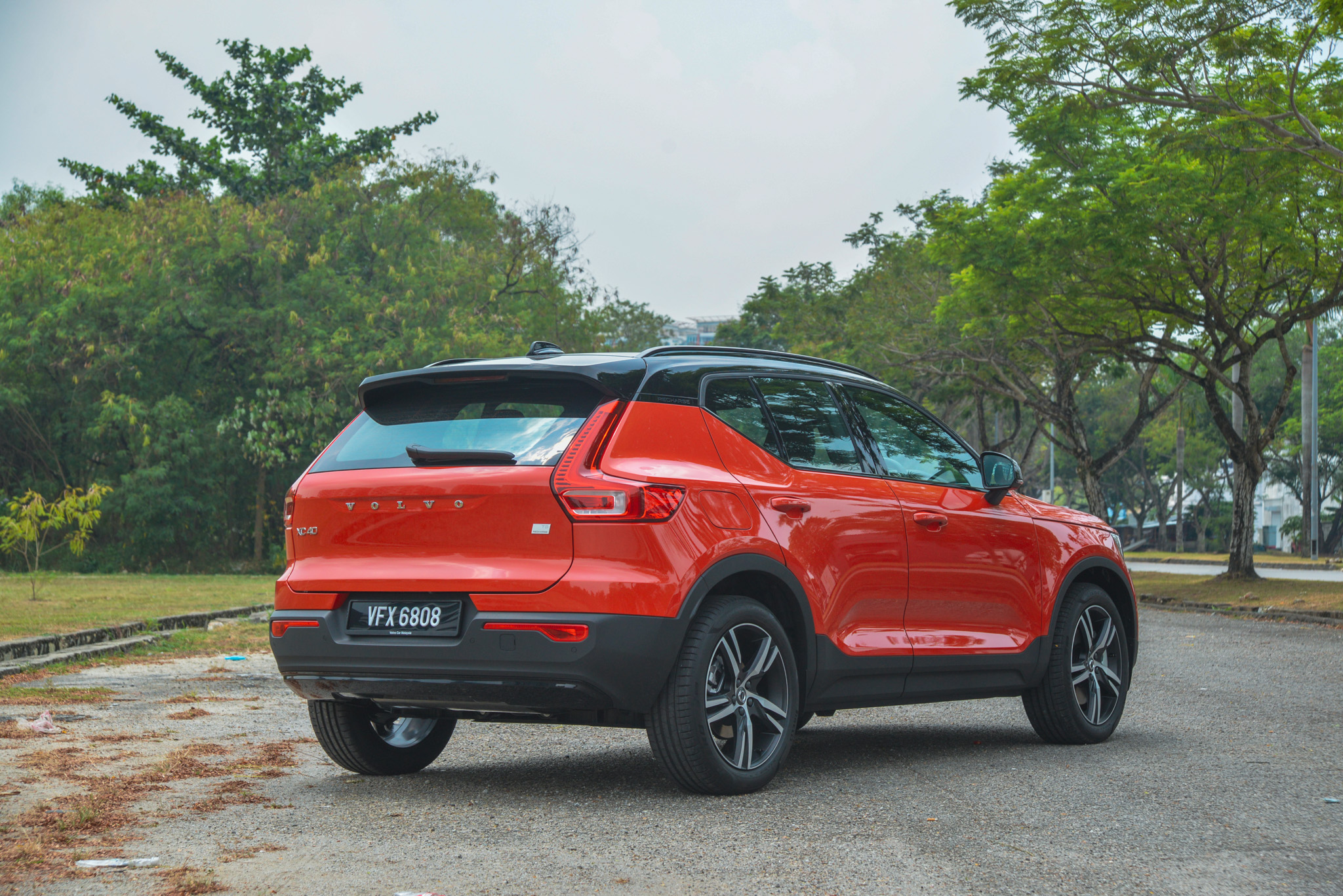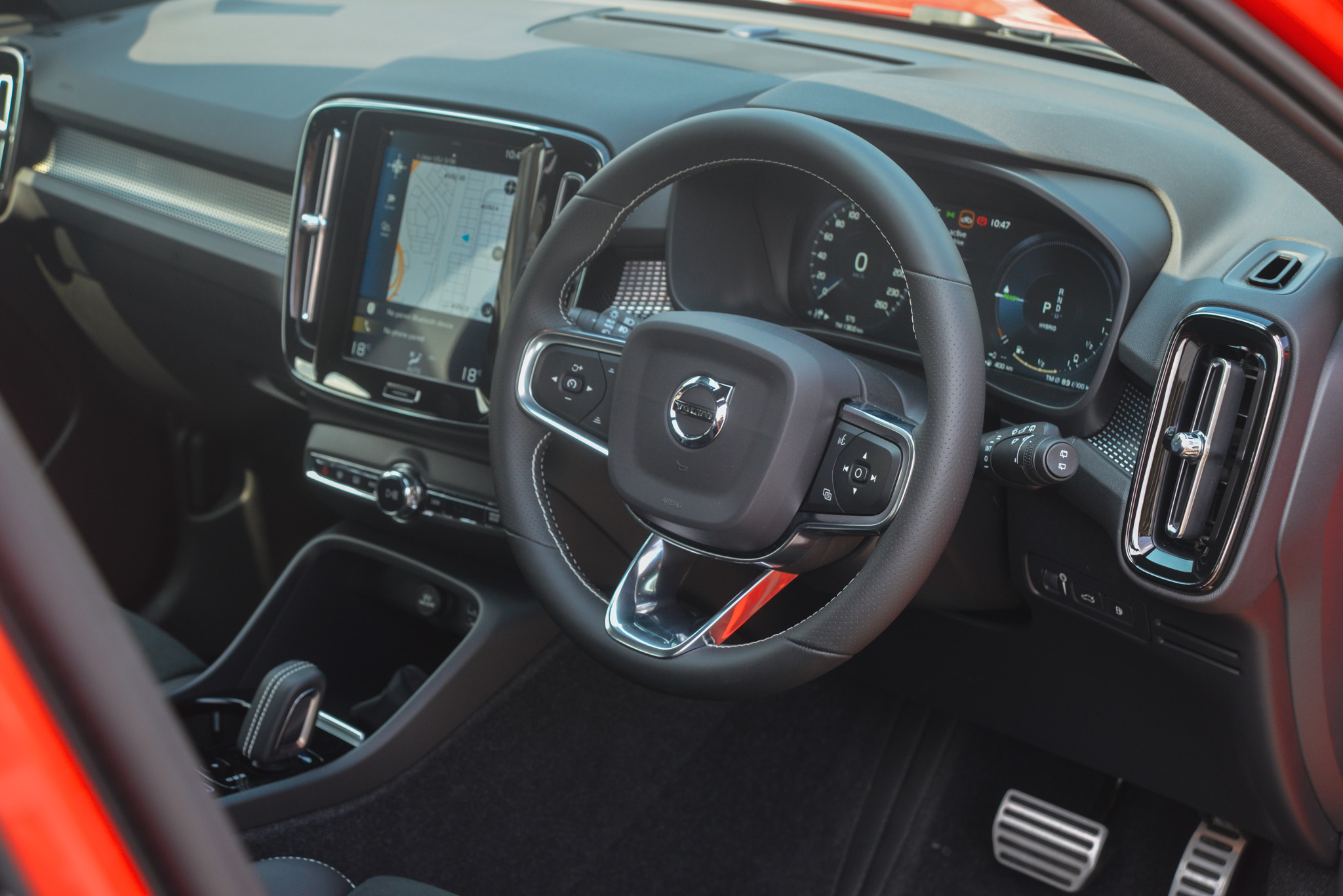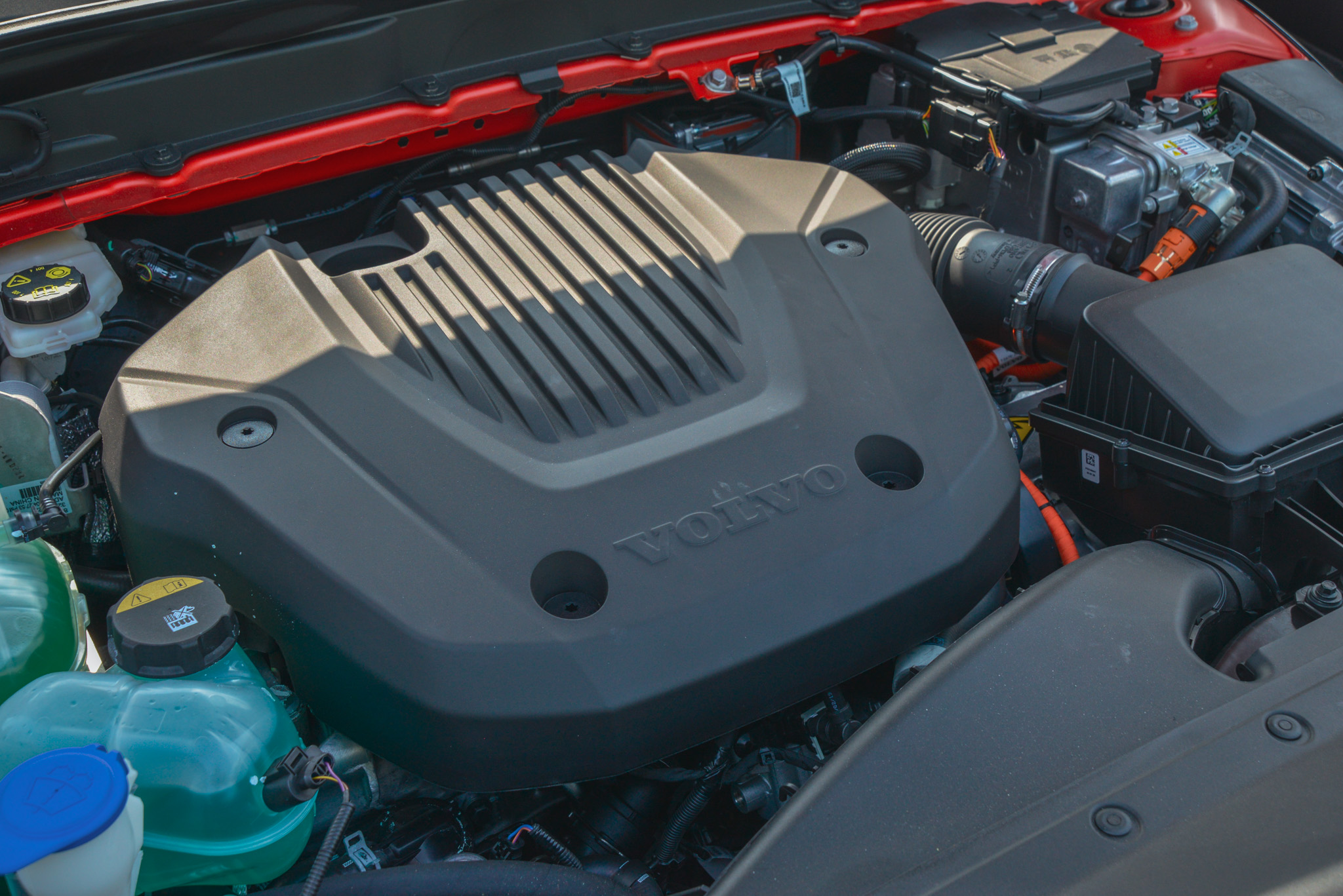2021 Volvo XC40 Recharge T5 review: a cheaper way to plug in

How ‘cheap’ is it?
The official retail price of the 2021 XC40 Recharge T5 – the newest and most affordable entry in Volvo Car Malaysia’s wide range of locally-assembled plug-in hybrid electric vehicles (PHEVs) – is RM255,888. However, early birds will be able to secure one from RM241,997 while the sales tax exemption is still in effect. This makes it the most affordable PHEV currently on sale in Malaysia, with the recently-launched Mini Cooper SE Countryman (RM254,462) and BMW 330e M Sport (RM264,613) hot on its tail.
T5 used to be Volvo lingo for five cylinders. What does it mean now?
Technically, both variants of the XC40 (petrol and PHEV) currently on sale in Malaysia carry the T5 label. The main differentiator here is the word ‘Recharge’, which is the brand’s new way of identifying its PHEVs. Like other premium makes, the numbers in Volvo names don’t necessarily correlate with a specific quantity under the hood any longer. The logic behind naming two completely different powertrains T5 probably comes down to the fact that both make roughly the same amount of power even though the standard T5 runs the Swedish carmaker’s familiar two-litre four-pot turbo while the Recharge’s petrol component is a 1.5-litre three-banger shared with the Proton X50.
Hold up. I’m paying that much for a three-cylinder Proton engine?
Yes and no. The internal combustion engine underneath the XC40 Recharge T5’s hood is indeed the same unit co-developed with Geely that powers the X50 Flagship. However, Volvo’s electrification makes all the difference yet again. The 1.5-litre mill is good for a decent 180PS and 265Nm on its own, but a 60kW electric motor bumps the combined output up to 262PS, with maximum torque rated at a pickup truck-rivalling 425Nm. Those are some serious numbers for a compact crossover aimed at affluent and environmentally conscious urbanites.

How is it like to drive?
I’ve driven my fair share of Volvo’s 400+hp T8 PHEVs. And to say that the XC40 Recharge T5 behaves like them right off the line isn’t really a stretch. The luxury of having access to 425Nm from just 1,500rpm is one that continues to elude many owners of sports cars and hot hatches. And while the XC40, or any Volvo for that matter, isn’t built to be the fastest car off the line, its low-end energy is really quite invigorating.
If there’s any car that can debunk the stigmas surrounding three-cylinder engines, it’s this. Not only does the XC40 Recharge T5 switch between its power reserves gracefully; you’ll really have to keep your ears pressed against the dash to pinpoint the exact moments petrol power is called upon, such is the car’s stellar noise insulation. The refinement on the move extends to the smooth gear changes of the seven-speed dual clutch transmission – a first for VCM – and how well the XC40’s ride is damped for Malaysian roads. It’s an inoffensively comfort-biased package; one that’s very easy to appreciate behind the wheel. But the real polish lies in the engineering behind the ‘Recharge’ portion of its name.

Is this the part where you tell me how economical it is?
Like its beefier T8 siblings, the XC40 Recharge T5 is naturally drawn to full electric propulsion as long as there’s sufficient juice in its 10.7kWh lithium-ion battery pack. This means that urban commuters who charge the car regularly stand an outside chance of matching the quoted 2.2 litres per 100km quoted by Volvo – five to six litres for every 100km of mixed driving with AC use and periodic charging is a more realistic target. It’s a mighty efficient premium crossover either way.
For daily commutes that add up to less than the 44km of electric range promised in the brochure, the XC40 Recharge T5 can effectively function as a full-time EV in the hands of a civil driver. Again, regular charging is the key to maximising the car’s electric qualities. And that’s something owners can do from home using the AC Type 2 charging cable provided with the vehicle; it should get the bars all the way up in five hours if hooked up to a 2.3kW domestic three-pin outlet.

Does the electric efficiency come at the cost of practicality?
Not really. This isn’t Volvo’s first battery-powered rodeo after all. Like the ‘Scalable Product Architecture (SPA)’ platform that underpins the bigger 90 series models, the XC40’s ‘Compact Modular Architecture (CMA)’, squeezes the bulk of its electrification within the engine bay and transmission tunnel that runs down the middle of the vehicle, or the spine of the chassis so to speak. Sure, the fuel tank has to downsize (from 54 to 49 litres) and the middle seat in the rear bench has practically zero legroom as a result. But the roominess of the XC40’s cabin and boot remain otherwise unchanged, with the latter continuing to offer a competent 460 litres of luggage capacity.
Should I buy one?
Only if you’re prepared to fully embrace the electrified features that set the XC40 Recharge T5 apart from its conventionally-powered peers and rivals. For about RM10k less, the regular XC40 T5 continues to be easy to recommend to traditionalists looking for a fuss-free compact SUV with a dash of Scandinavian luxury. It’s quicker to 100kph and is just as well outfitted with the same R Design equipment, 19-inch wheels and sportier grille included.

Despite the small premium it commands, the Recharge should not be seen as a step up from the base T5, but rather as an alternative for the new-age driver whose priorities have changed with the times. If you fall in this category, you’d be happy to know that Volvo now offers a five-year, unlimited-mileage factory warranty across the board, with PHEV batteries covered for up to eight years or 160,000km. To top it off, VCM’s service intervals are for every 20,000km or 12 months. So, it’s really pretty decent value all round, for a car that’s fittingly capable on all fronts.
Verdict: 8/10
Price: RM255,888 (RM241,997 with SST exemption)
Engine: 1.5L 3cyl turbo, electric motor, 262PS, 425Nm (combined)
Transmission: 7spd DCT, FWD
Performance: 0-100kph in 7.3 secs, 180kph
Economy: 2.2L per 100km, 50g/km CO₂




















